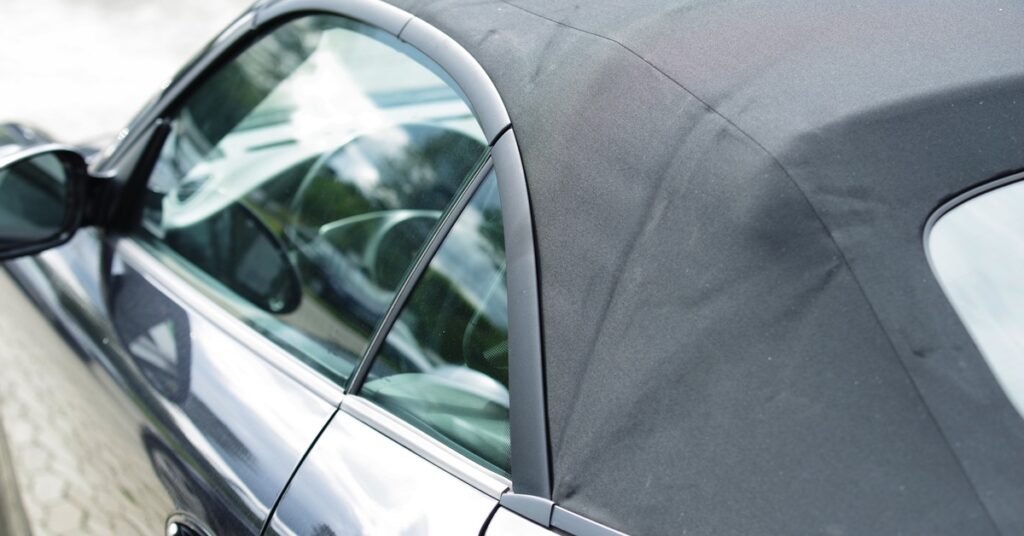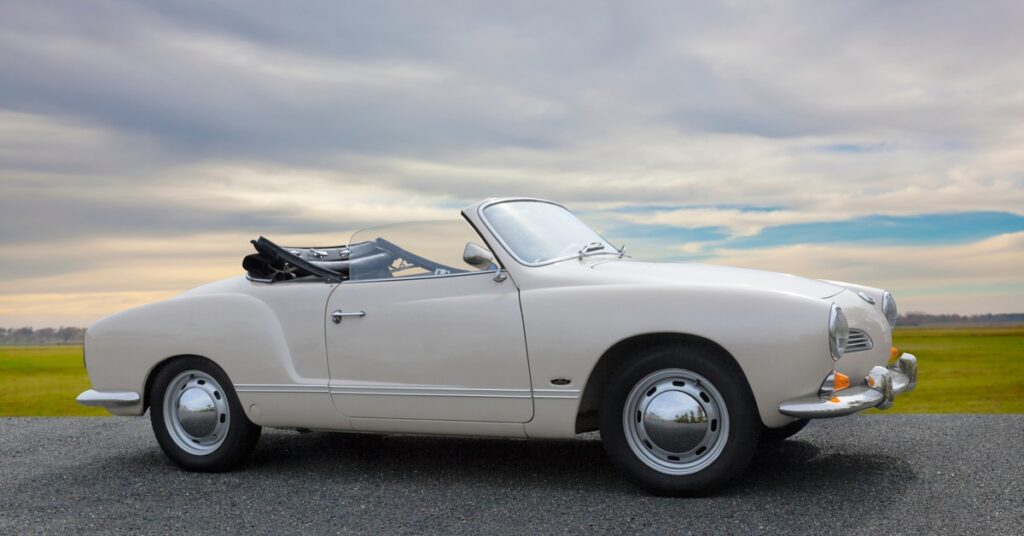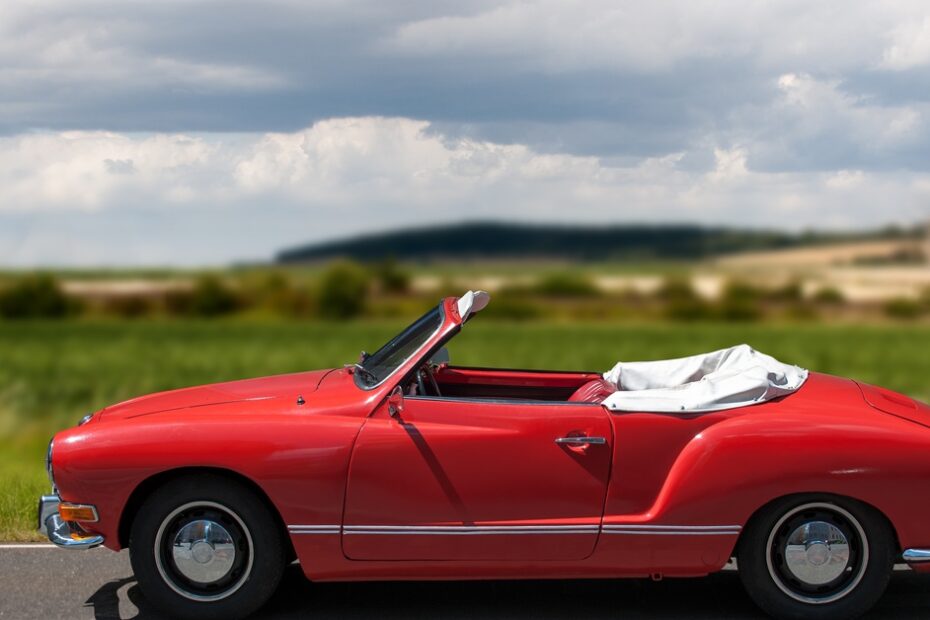The Volkswagen Cabrio isn’t just a car; it’s a symbol of open-road freedom and classic design. Renowned for its appeal among convertible enthusiasts, the Cabrio holds a meaningful place in Volkswagen’s storied history.
Over the decades, the Cabrio has embodied Volkswagen’s innovative approach to engineering and design while preserving its core identity. Explore the Volkswagen Cabrio’s evolution through the years, from its humble beginnings to its lasting cultural impact.
The Origins of the Cabrio Concept
The convertible segment began gaining traction in the mid-20th century as drivers sought vehicles that symbolized fun and freedom. Volkswagen recognized this growing demand and set its sights on creating a convertible that balanced affordability with quality. The result was a car that appealed to a wide audience without compromising style or reliability. Volkswagen’s decision to enter the convertible market further underscored its commitment to innovation and meeting consumer needs. The Cabrio concept was born as a product and a solution.

1950s to 1960s: The Beetle Convertible as the Foundation
The Beetle Convertible, launched in the 1950s, laid the groundwork for everything the Cabrio would become. Its rounded, iconic silhouette and reliable mechanics made it instantly recognizable on the road. Developed by Karmann, the Beetle Convertible featured durable elements and a folding soft-top that was ahead of its time. Functions like weatherproofing and simplistic operating controls established a standard for usability. This model became a global phenomenon, giving Volkswagen a proven foundation for future convertible designs.
1970s: The Debut of the Golf Cabriolet
By the late 1970s, consumer preferences had evolved, necessitating a modernized replacement for the Beetle Convertible. Volkswagen answered with the debut of the Golf Cabriolet, a model designed for the next generation. This vehicle marked the beginning of Volkswagen’s transition from classic Beetle-inspired designs to a more angular, practical aesthetic.
The Cabriolet achieved better performance and fuel efficiency by incorporating advanced engineering techniques from its Golf hatchback. With its fresh design and modern capabilities, the Golf Cabriolet entered the market as a stylish yet functional convertible.
1980s: The First Golf Cabriolet Generation (Mk1)
The Mk1 Golf Cabriolet, produced from 1979 to 1993, became an icon in its own right. Perhaps its most distinctive feature was the fixed roll bar, which improved safety while maintaining the convertible’s sleek profile. Reliable engines and trim variations gave it mass appeal, offering everything from modest practicality to sporty luxury.
Volkswagen continued to refine the model year after year, incorporating soft-touch interiors and additional safety features. Consumers quickly came to associate the Mk1 Golf Cabriolet with quality, innovation, and fun.
Cultural Impact of the Mk1 Golf Cabriolet
The Mk1 Golf Cabriolet wasn’t just a car but a lifestyle statement. It became synonymous with carefree drives along coastlines or through picturesque countryside settings. It found a loyal following in Europe and North America, where its vibrant colors and versatile design appealed to young drivers.
Its cultural presence grew even stronger through its appearances in films, TV shows, and advertising campaigns. The Mk1 Cabriolet symbolized leisure and individuality, traits that continue to resonate with drivers today.
1990s: The Golf Cabriolet Mk3
The Golf Cabriolet Mk3 marked a significant leap forward in the 1990s. Volkswagen introduced more powerful engine options, enhanced aerodynamics, and refined handling to meet the needs of a performance-driven audience.
The Mk3 also included updated interiors with improved ergonomics and premium materials to elevate the driving experience. Safety advancements, including airbags and better structural design, reinforced Volkswagen’s commitment to driver protection. The Mk3 represented a perfect blend of style, performance, and practicality, cementing its place in automotive history.
Design Evolution in the ’90s and Early 2000s
Between the 1990s and early 2000s, Volkswagen brought the Golf Cabriolet up to date with emerging design trends. Sleek, tapered silhouettes and contemporary color palettes replaced the boxier look of earlier models. Interior comforts like advanced audio systems and leather upholstery gave the Cabrio a more luxurious feel. Despite these changes, Volkswagen maintained the Cabrio’s focus on accessibility and functionality. These design adjustments allowed the Cabriolet to stay relevant while honoring its legacy.
2000s: The Golf Cabriolet’s Temporary Discontinuation
The early 2000s saw the Golf Cabriolet’s production take a hiatus as Volkswagen shifted resources toward other convertible projects, such as the Eos. The pause reflected the challenges of maintaining a competitive presence in the convertible market, where consumer demands and trends fluctuated.
Models like the New Beetle Convertible helped fill the gap, ensuring Volkswagen retained its foothold in the segment. While the Cabrio’s absence left a void, its legacy remained strong among those who appreciated its innovation and charm.

2011: Rebirth of the Golf Cabriolet (Mk6)
Volkswagen reignited its Cabrio legacy in 2011 with the release of the Mk6 Golf Cabriolet. This updated model returned to form, offering cutting-edge performance and modern styling. Enhanced technology, such as optimized fuel efficiency and improved infotainment systems, brought the Cabrio into the modern era. The Mk6 featured a fully automatic convertible top that could fold away in seconds. Volkswagen’s decision to resurrect the Cabrio reflected its dedication to serving a passionate and loyal community.
Technological Advancements Over the Decades
Volkswagen prioritized incorporating advanced technology into the Cabrio line from its earliest iterations to the most recent models. Over the years, features like antilock braking systems, electronic stability programs, and turbocharged engines improved performance and safety. Due to its continued popularity, VW Cabrio parts are available from sellers such as M & T Mfg Co. to restore vehicles with matching parts and upgrade them with modern technology.
Volkswagen has also embraced sustainability, incorporating eco-friendly manufacturing methods and developing engines that balance power with fuel efficiency. Every technological upgrade has solidified the Cabrio’s place as a forward-thinking, innovative vehicle.
The Cabrio’s Legacy in Popular Culture
Through its recognizable style and versatility, the Cabrio became a pop culture favorite. It’s made notable appearances in movies, commercials, and even music festivals. The Cabrio often represented youthfulness and freedom, aligning perfectly with Volkswagen’s brand ethos. Its impact extended to advertising campaigns, where its imagery inspires leisure, exploration, and sophistication ideas. Few convertibles have enjoyed such a deep connection with lifestyle and identity as the Cabrio.
Reflections on the Cabrio’s Influence on Other Volkswagen Models
The Volkswagen Cabrio influenced the company’s broader vehicle lineup. Features and designs tested in Cabrio models often made their way to other vehicles, refining Volkswagen’s overall portfolio. The Cabrio’s legacy of combining practicality with style set a precedent for developing cars like the Tiguan and Passat. Ultimately, the Cabrio played a crucial role in shaping Volkswagen’s reputation as a brand that innovates while staying true to its roots.
The Volkswagen Cabrio’s evolution and enduring charm lies in its ability to change while maintaining its core identity. The Cabrio has embodied freedom and individuality for decades, starting from its humble beginnings with the Beetle through its contemporary rebirths. It remains a testament to Volkswagen’s dedication to innovation and quality, enriching lives one drive at a time.
For enthusiasts, the Cabrio symbolizes more than a vehicle; it represents a way of life that values reliability, style, and adventure.
